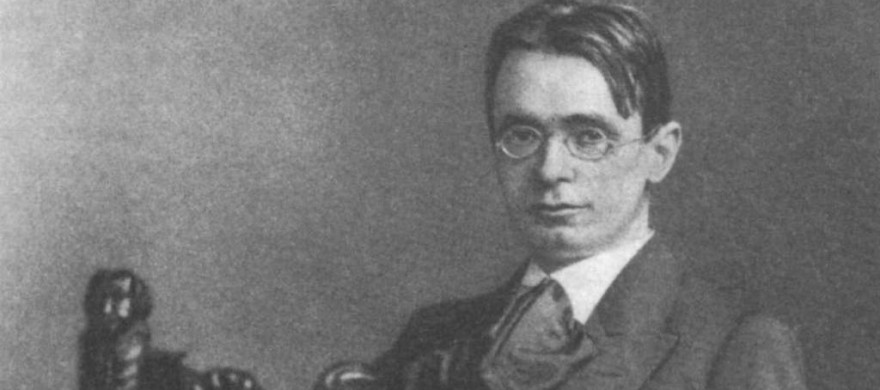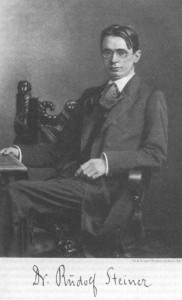Rudolf Steiner’s interest in the Kalevala
At the same time as Martin Buber started to prepare his own translation, the Austrian anthroposophist Rudolf Steiner (1865–1940) studied the translation by Schiefner and gave a lecture on the topic at the University of Helsinki (on April 9, 1912) and in Berlin. Steiner’s lecture in Helsinki was his first lecture about the Kalevala that was based on a spiritual scientific view on the epic. In the same manner as Jacob Grimm, he compared the Kalevala to the epic by Homer, to the Song of the Nibelungs and other national epics that “guide us deep into the souls of the people and to their aspirations, more than any history research”. Steiner viewed the world of the Kalevala as a metaphor and source of the natural religious world. In this world the heroes of the Kalevala, Väinämöinen, Ilmarinen and Lemminkäinen were neither gods nor heroes but humanly divine creatures. Steiner considered especially the ending of the Kalevala as something remarkable, in which he saw how the Christian religion made its entry into Finland. According to him, the Kalevala was a prophetic, apocalyptic depiction of a brighter future, which the human being was able to attain through spiritual evolution.
Voßschmidt, Liisa: “Saksan kautta eurooppalaiselle kulttuuriareenalle” – Kalevala maailmalla. Helsinki: SKS. 2012.

